

|


|
|
1/10 Scale Electric Buggy:
Kyosho Tomahawk 2015 - 30615
|
Released by Kyosho in July 2015, the 2WD Vintage Series Tomahawk buggy kit - # 30615, is an updated version of the 1983 model (# 3065), with modified components to strengthen the design, but maintaining the original Tomahawk style. The same chassis was used for the Scorpion 2014 and Beetle 2014.
The new Tomahawk has an alloy ladder-frame chassis, with a diecast gearbox containing a gear type differential, red anodised coil spring over oil filled dampers, slipper clutch, dogbone drive-shafts and ball bearings.
The gearbox and dampers came pre-assembled and the quality of the alloy parts is very good, but although the finished model looks very much like the original and is ideal for collectors, it is not a model for those looking to race seriously.
Check out our Kyosho Archive for other Vintage Buggy models.
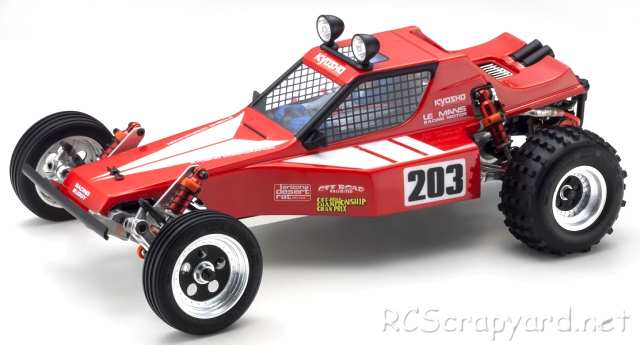
To get the best from the Kyosho Tomahawk, it needs to be fine tuned, to provide precise steering response and improve grip when cornering, so you don't slide off the track. Small changes can make huge advancements and our easy to understand guide will help you to the optimum Set-up for your individual driving style.








|
|
|

★ Kyosho Tomahawk Chassis ★ 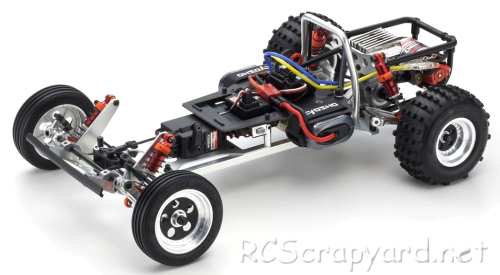
★ Kyosho Tomahawk Chassis ★ 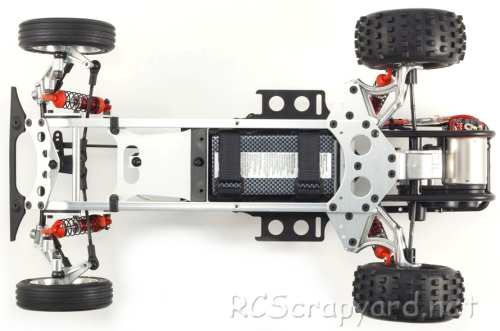
★ Kyosho Tomahawk Chassis ★ 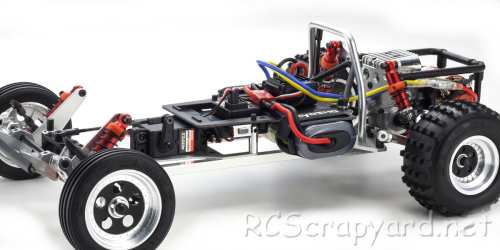
★ Kyosho Tomahawk Chassis ★ 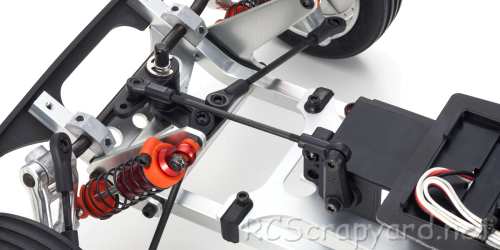
★ Kyosho Tomahawk Chassis ★ 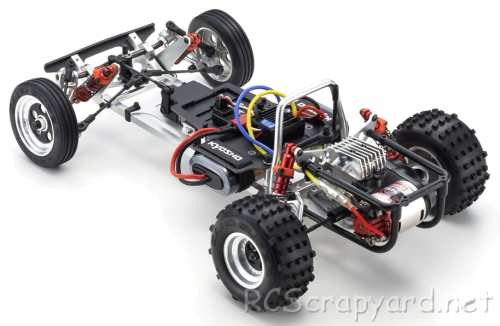
★ Kyosho Tomahawk Chassis ★ 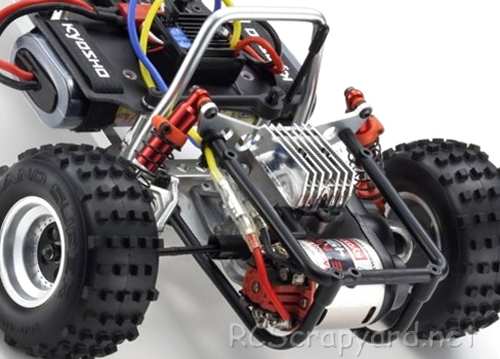
★ Kyosho Tomahawk Chassis ★ 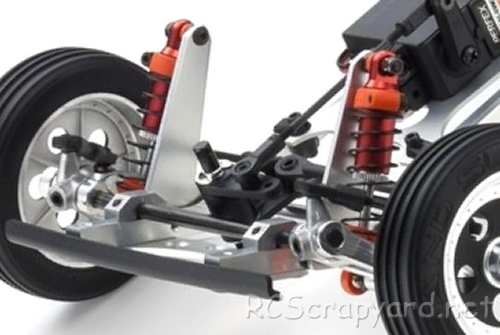
|
Buying a Used Kyosho Tomahawk
|
|
Manufacturers and Brands Catalogued, Listed and Reviewed by RC-Scrapyard.
At present, the RC Model Manufacturers, Brands and Distributors covered by us are: ABC Hobby, Academy, Acme Racing, Agama Racing, Amewi, Ansmann Racing, ARRMA, Team Associated, Atomic RC, Axial, AYK, Bolink, BSD Racing, Capricorn, Carisma, Carson, Caster Racing, Cen, Corally, Custom Works, Durango, Duratrax, ECX - Electrix, Exceed RC, FG Modellsport, FS-Racing, FTX, Fujimi, Gmade, GS-Racing, Harm, HBX, Helion, Heng Long, Himoto Racing, Hirobo, Hitari, Hobao, Hong-Nor, Hot Bodies, HPI, HSP, Intech, Integy, Jamara, JQ Products, Kawada, Kyosho, Losi, LRP, Maisto, Mardave, Marui, Maverick, MCD Racing, Megatech, Mugen, New Bright, Nichimo, Nikko, Nkok, Ofna, Pro-Pulse, Protech, PTI, RC4WD, Redcat Racing, RJ-Speed, Robitronic, Schumacher, Seben, Serpent, Smartech, Sportwerks, Step-Up, Tamiya, Team-C Racing, Team Magic, Thunder Tiger, Tomy, Top Racing, Traxxas, Trinity, Tyco, Vaterra RC, Venom, VRX Racing, WLToys, X-Factory, Xmods, Xpress, Xray, XTM, Yankee RC, Yokomo, ZD Racing and Zipzaps. |
|
Hints, Tips and Information
Sway Bars
On most forms of RC model cars, Sway Bars, also referred to as Stabilizers, Torsion Bars, or more commonly in some parts as Anti Roll Bars, are often nothing more than a short length of spring steel, clamped to the chassis or sometimes the gearbox of the car, extending out to the lower wishbones direct or connected to the wishbones using short adjustable or fixed length links and ball joints, depending on their position. |
|
Hints, Tips and Information
Soldering Battery Packs
Nicad and Nimh batteries sometimes come as six separate matched 1.2 volt cells. These of course have to be soldered to each other in series to produce either a side by side stick pack, or a two times three cell saddle pack.
|
|
RC Models:
|
Radio & Motors: |
Other
Accessories: |